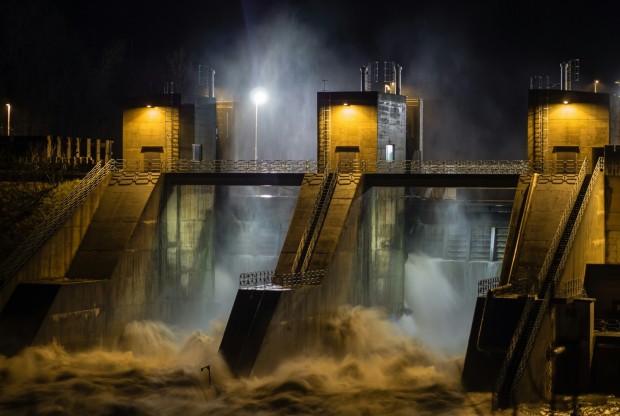The development of Pakistan's largest hydropower plant has been ongoing for more than a decade. Nevertheless, despite their existing debt, the World Bank continues to provide a $1 billion loan for this project.

(Photo : Unsplash/Jani Brumat )
Pakistan's Loan to World Bank
On Monday, Jun 10, a second phase of additional finance for the DASU hydropower stage I (DHP I) project was approved by the Board of Executive Directors of the World Bank, which amounts to $1 billion. By providing this funding, the Water and Power Development Authority (WAPDA) will be able to strengthen its capacity to develop future hydropower developments, increase the availability of socio-economic services for local populations, and assist in the development of the source of electricity generated by hydropower.
The Dasu Hydropower Project (DHP) is a run-of-river project that is situated on the Indus River. It is approximately 8 kilometers distant from Dasu Town, which serves as the capital of the Upper Kohistan District in the Khyber Pakhtunkhwa Province. After it is finished, it will reportedly have an installed capacity that ranges from 4320 to 5400 megawatts. The facility is being constructed in stages. The capacity of this low-cost renewable energy source is 2,160 megawatts (MW), and it is expected to produce 12,225 gigawatt hours annually.
In addition to the initial loan of $588 million that the World Bank provided to the endeavors for preparatory work, this loan includes an additional loan of $700 million that will be disbursed in 2020 for the transmission network development. Accordingly, a total of around $2.3 billion of the $4.3 billion project has been approved for financing by the World Bank. Moreover, the extra funding came from a group of regional financial institutions, as well as international commercial finance from Credit Suisse Bank that was provided. Also, 15% of the project's basic cost will be financed by the Water & Power Development Authority of the nation.
On the other hand, Pakistan remains committed to accomplishing the project within the designated time frame next year despite its being underway for over two decades. The company continues to hold out hope that power generation can begin at the plant in the second half of 2024.
Also Read: Geotechnical Engineer Shares Secrets Behind Building Tunnels and Bridges Underwater
Sustainable Energy Development in Pakistan
Pakistan has initiated the construction and refurbishment of hydropower facilities, primarily in the northern, mountainous regions near the Afghan and Chinese borders. Cleaner alternatives such as hydropower account for less than a third of the country's energy mix. In the 1950s, Pakistan's hydropower capacity was only a few thousand megawatts; however, it has since grown to more than 10,000 megawatts, which, with its current installed capacity, can provide electricity to between 10 and 20 million houses.
Pakistan's numerous rivers, harnessed by dams of industrial size to generate clean electricity, contribute to the country's immense hydropower potential, which is estimated to be around 60,000 megawatts. In 2006, the Asian Development Fund (AFD) began providing assistance to Pakistan, with around 62% of its funding allocated to the development of green energy.
The Mangla hydropower facility, which was built in 1967 and is regarded as one of the largest multifunctional dams in Pakistan, is going through restorations. The dam's refurbishment, made possible with the assistance of AFD, will increase energy capacity, lower emissions, and align with the national goal of developing a sustainable energy sector. In addition to predicting that the project will be finished by the year 2027, planners anticipate that it will prolong the life of the nuclear power station by an additional 50 years.
Related Article: Construction of Central Asia's First Nuclear Power Plant Underway







